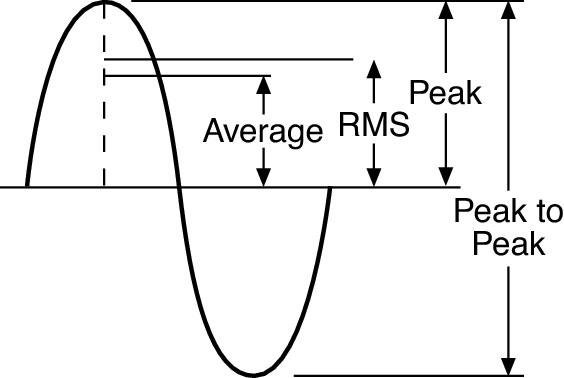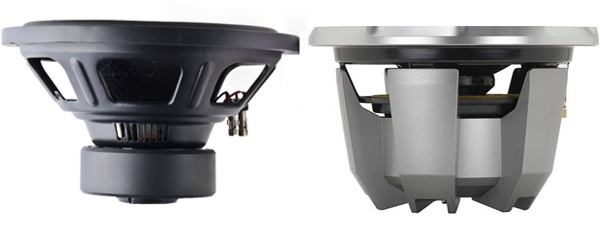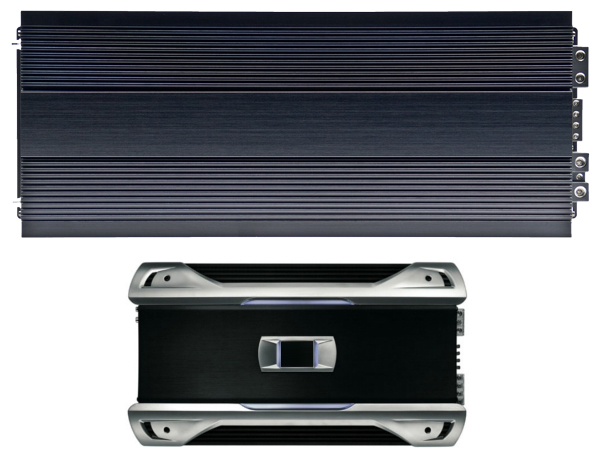You’ve got a subwoofer, or you’re thinking about getting one. Great idea. Whether your goal is to build a system with head-turning, ground-pounding bass, or to improve the sound of a low-powered factory system, a sub can do wonders.
Providing your sub with the right amount of power is key to getting it to perform properly. Let’s take a look at what to consider when selecting an amp.
What’s up with watts?
Even if you’re a novice to car sound, you’ve probably heard people talk about watts. Watts are simply a way to measure power. In the same way that a car with more horsepower can accelerate more quickly and go faster, subwoofers and amps with higher watt ratings can offer you better sound quality and louder performance. If you’re looking for real depth and clarity at any volume, look for high power.
Here’s an important, often misunderstood point to remember. When we talk about power in amplifiers, we’re referring to the power output of the amp. When we talk about subwoofers, we’re discussing power handling — how much power can be sent to them.
RMS power vs. peak power
Don’t be confused by “peak power” and “RMS power” ratings. Simply put, RMS wattage ratings are a measure of continuous power — while different manufacturers will use somewhat different methods to come up with these figures, it’s usually a more “real-life” rating of your equipment’s capabilities. Peak power, on the other hand, doesn’t try to reflect realistic operation. It’s simply a measure of how much power can be generated or handled for very short bursts.
Many manufacturers emphasize peak power ratings by stamping these ratings on their subwoofers and amplifiers. As we noted before, peak power ratings are not realistic measures of the true power capabilities of the equipment. By comparing the RMS power rating of the sub and the RMS power rating of the amp, you’ll have the tools you need to pick the right equipment.
Proper power for your sub
The RMS wattage rating of a sub measures how much power the sub can handle without suffering damage. The RMS wattage rating of an amp measures how much power the amp can produce. The closer these two ratings are to each other the better off you’ll be.
For example, if a sub has an RMS wattage rating of 100 watts, you’ll want to pair it with an amp that produces an RMS wattage output of 100 watts. The sub will be able to perform at its maximum rating, and the amp won’t overwork itself to drive the sub.
Result? Solid, clean bass.
Matching up wattage ratings
If you send too much power to your sub, you risk damaging it. The cone of the speaker and the mechanical parts that make it move may break under the stress. Surprisingly, too little power can also damage your subwoofer — in fact, it’s actually more common than damage caused by overpowering.
When the volume is turned up and the amp doesn’t have enough power, the signal becomes distorted, or “clipped.” This distorted signal can cause parts of the speaker to overheat, warp and melt. Not good!
You don’t have to match speaker and amp wattages exactly. An amp with a higher output than the speaker’s rating won’t necessarily damage the speaker — just turn the amp down a bit if you hear distortion from the sub and don’t run the speaker at extremely loud volumes for lengthy periods. Likewise, you’ll be OK with a lower powered amp if you keep the volume down and don’t feed a distorted signal to the sub.
What’s right for you?
The sub and amp you need depends on what you want to hear. If you plan on listening to music at moderate volume levels or have a smaller car, a subwoofer with a lower power handling rating, say 100 to 250 watts, and a matching amp is a good combo.
If you want it loud, step it up! Buy subs that are rated to handle high wattage, at least 250 watts or more, and power them properly. If you try to skimp on one or the other, you risk poor sound and damaged speakers.






